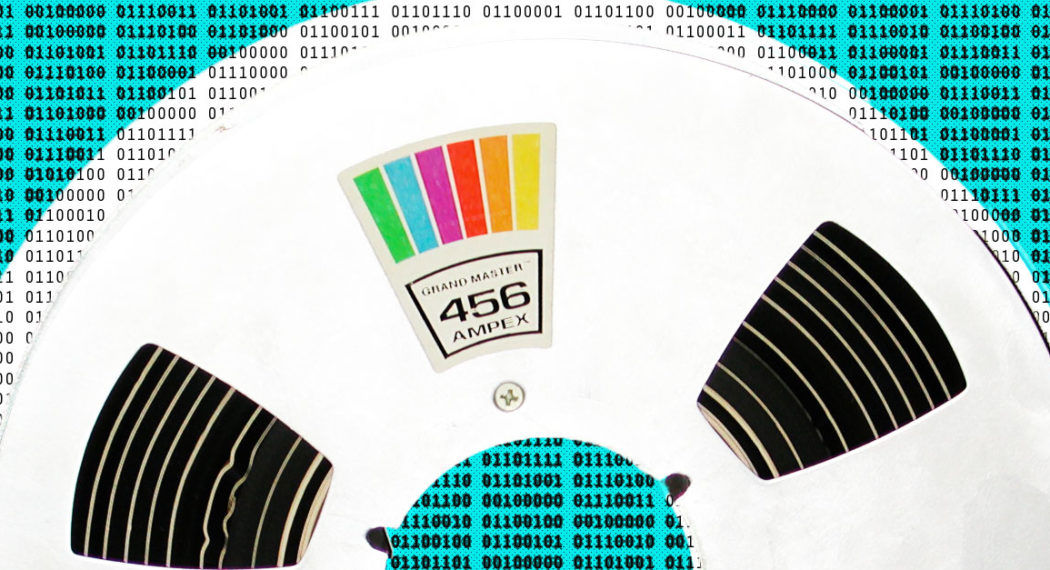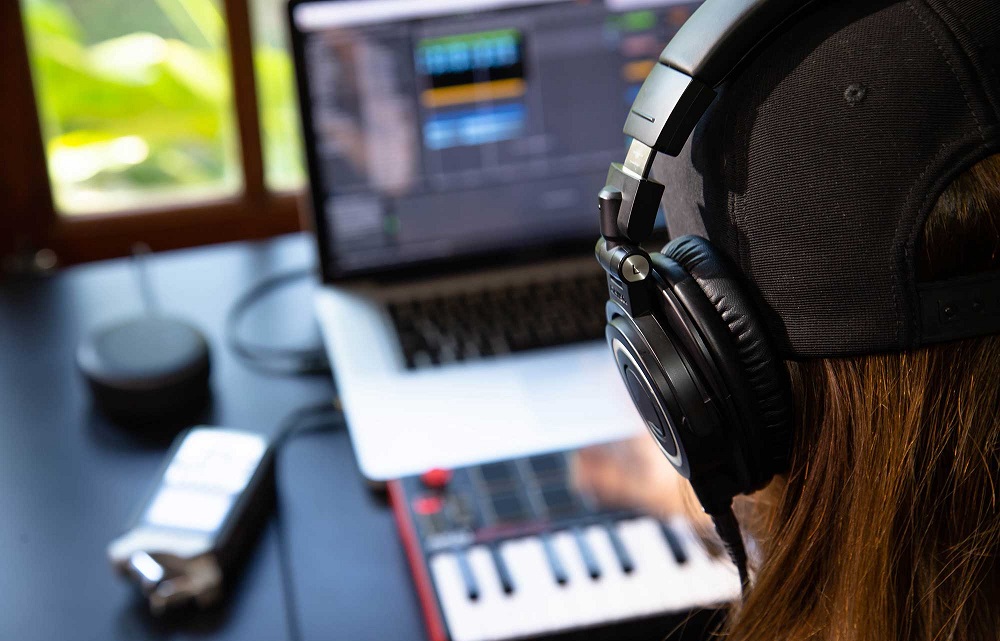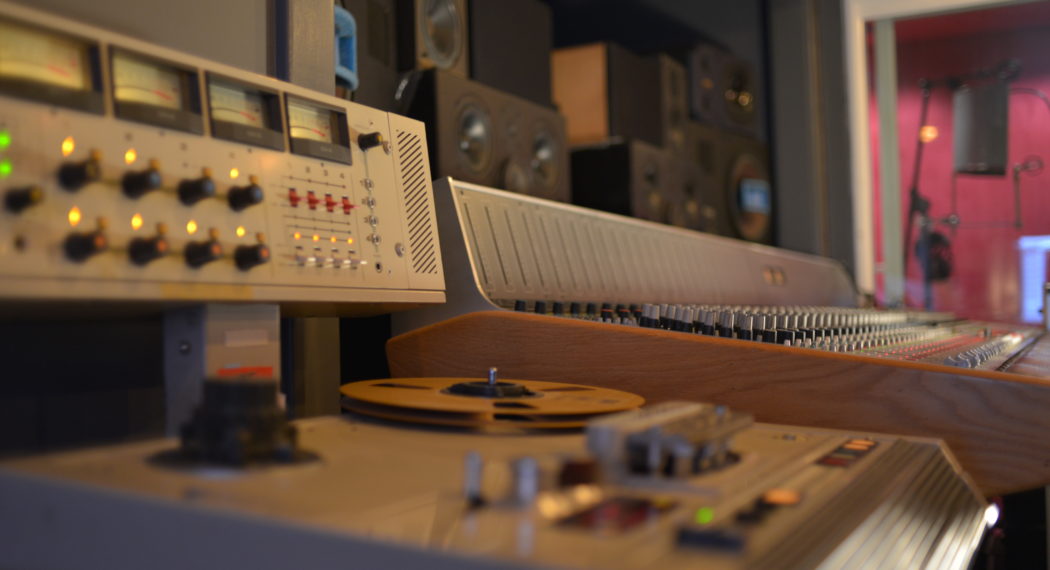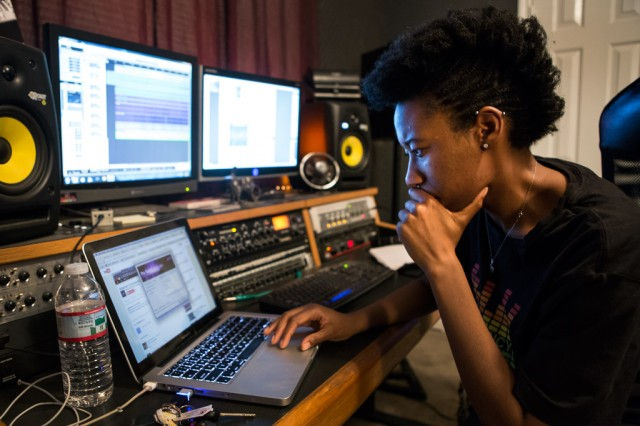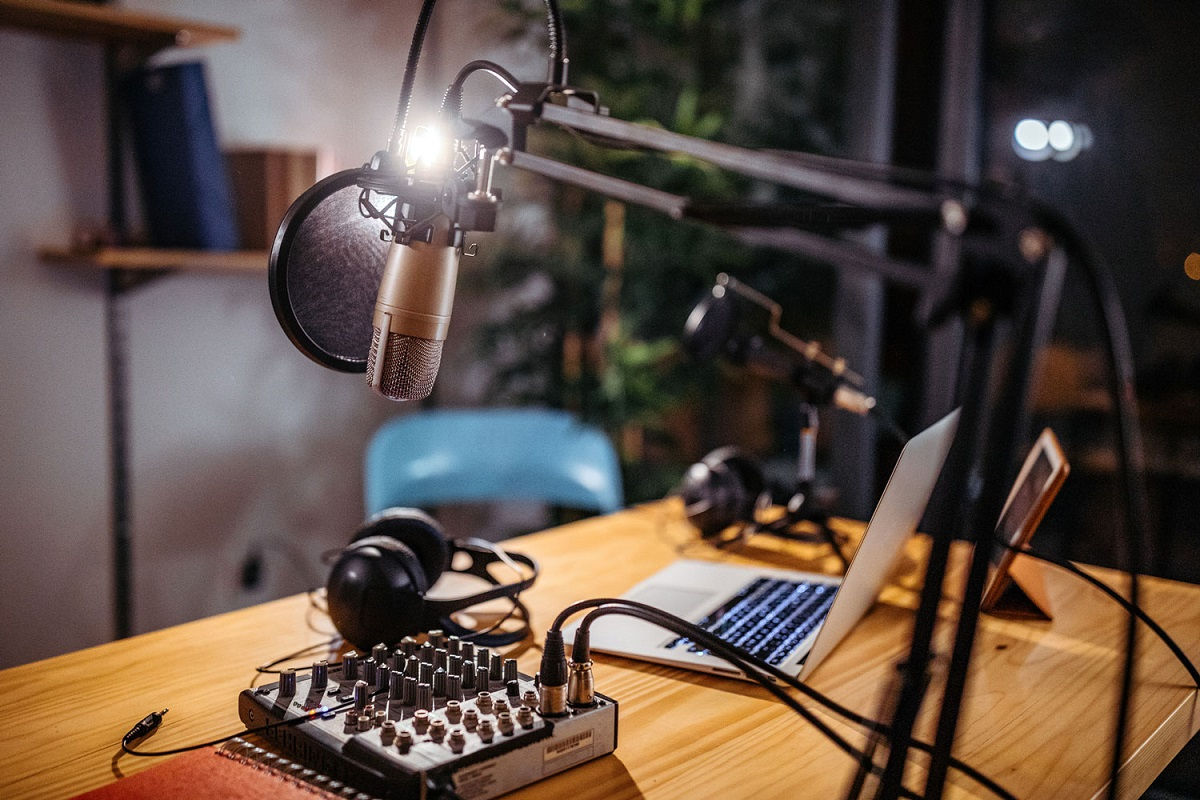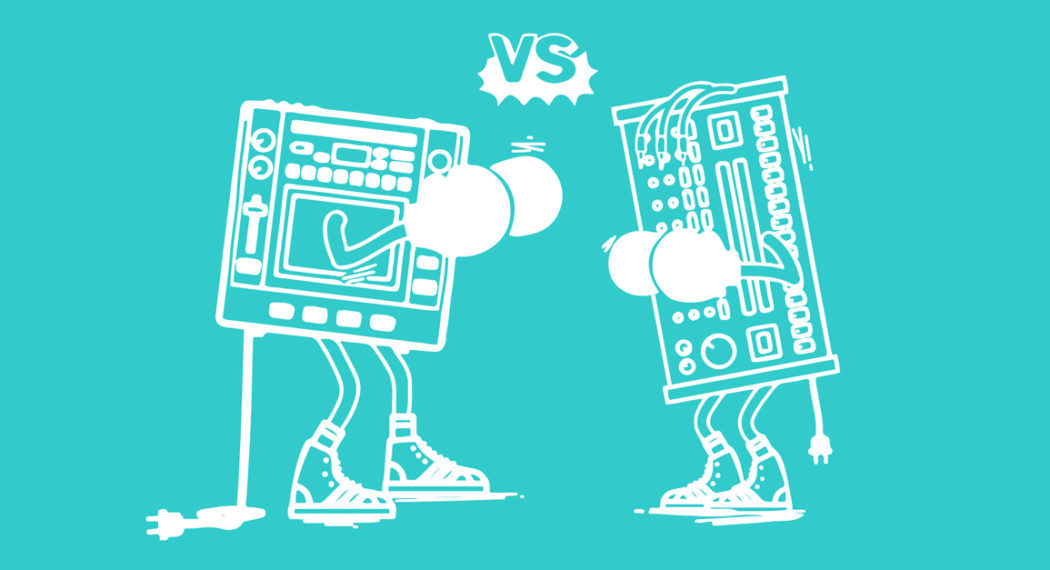Chances are there’s a piece of gear that every other studio has as well. You might be thinking laptop, or MIDI controller or maybe even a certain DAW.
Every studio’s staple explained by the experts at ORA.
Look around your studio.
But the answer is more simple. They’ve been around forever. Long before we could open up an audio clip instantly and record anything in seconds. In fact, we often take them for granted…
It’s the trusty loudspeaker.
They’re the most vital component of any studio—and adversary to neighbours everywhere.
Whether it’s headphones or monitors, we all need them at some point to make and enjoy music. But despite their universal usefulness, how speakers work isn’t a widely known subject.
So to shed some light on how speakers work we spoke to ORA Sound. They’re a Montreal based team (just like Kami Records!) on the cutting edge of sound reproduction technology (who better to teach us all about speakers right?).
Their innovative approach to sound reproduction and speaker technology is redefining everything you know—or are about to learn—about speakers… But we’ll get to the future of speakers in a minute.
For now let’s find out how speakers and headphones work once and for all. So the next time your newest master hits yours ears, you’ll know how it got there inside and out.
How does sound work in relation to speakers?
Sound moves in pressure waves. When air particles are compressed and rarified fast enough, we hear it as sound.
The faster the air pressure changes, the higher the “frequency” of the sound we hear.
When a speaker moves back and forth it pushes on air particles which changes the air pressure and creates sound waves.
What are the parts of a speaker?
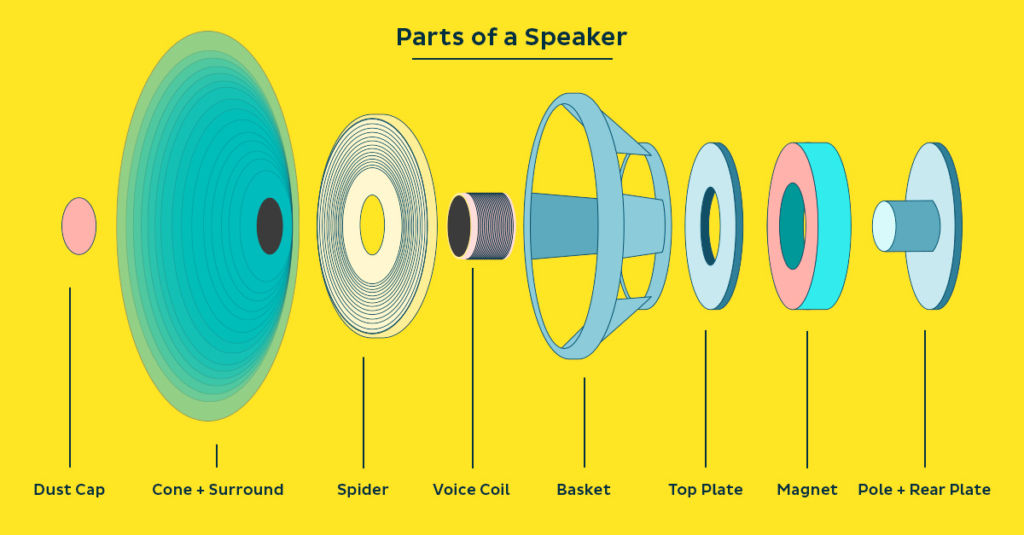
The parts of a speaker are:
- The cone and the dust cap (the parts that move air and produce sound)
- The spider and the surround (also called the suspension, these are the parts that hold the cone in place while still allowing them to move)
- The magnet and the voice coil (the parts that interact to convert electric energy into motion)
- The basket
- The pole and top plate
- And finally the frame that mounts everything together
How do speakers work?
Speakers work by converting electrical energy into mechanical energy (motion). The mechanical energy compresses air and converts the motion into sound energy or sound pressure level (SPL).
When an electric current is sent through a coil of wire, it induces a magnetic field.
In speakers, a current is sent through the voice coil which produces an electric field that interacts with the magnetic field of the permanent magnet attached to the speaker.
Like charges repel each other and different charges attract. As an audio signal is sent through the voice coil and the musical waveform moves up and down, the voice coil is attracted and repelled by the permanent magnet.
This makes the cone that the voice coil is attached to move back and forth. The back and forth motion creates pressure waves in the air that we perceive as sound.
What separates the best speaker from an ok speaker?
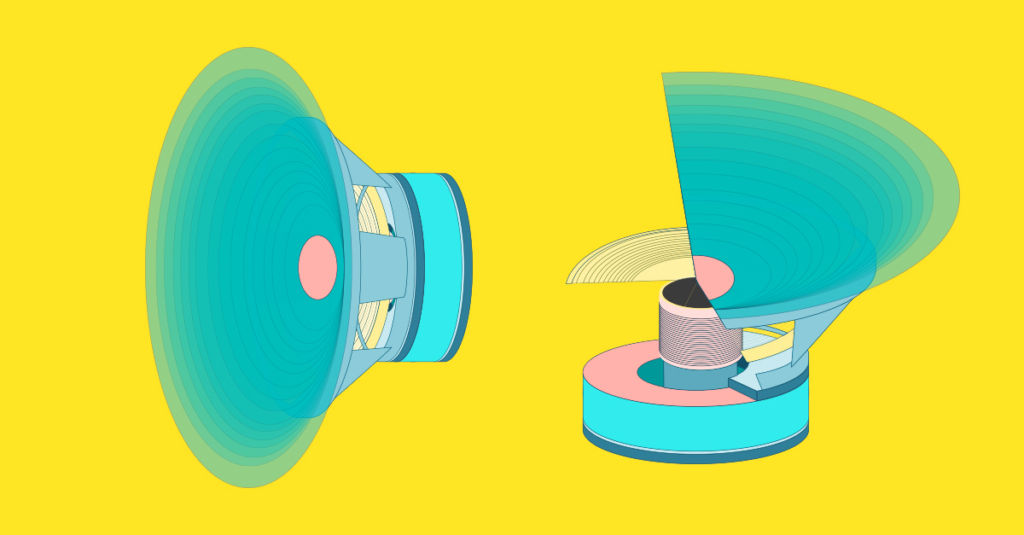
The ultimate test of fidelity for a speaker is how similar the waveform in the air (the pressure wave) is to the electronic signal (the sound recording) that was sent into the amplifier.
If every frequency is accurately reproduced to the listener without adding or removing any information it’s probably a superb speaker.
There are several factors that determine how accurate the listening experience will be including the frequency response, the amount of distortion, and the directionality (dispersion) of the speaker.
What is frequency response and why is it so important?
Frequency response is how loud the output of a speaker will be at different frequencies.
A typical test for frequency response sends out a sweep of frequencies from the bass to the mids, and up to the treble range to see if the sound from the speaker is the same in all these areas.
The ideal frequency response for a speaker is very flat. This means the speaker would be the same level at low frequency as it is in the mids or highs.
The goal of a flat frequency response is to ensure that the people listening to your music experience it the way you intended it. If your track is well mastered and sounds good on speakers with a flat response, you can be sure that it will sound its best on any playback system.
Flat speakers vs. everything else
Many speakers are not flat. Some do not have enough treble or enough bass, or they have peaks or dips in their frequency response where certain frequency ranges are over emphasized or hidden or masked.
If this happens some instruments may be louder or softer than you intended them to be and the mix you worked so hard on will not be properly represented.
For high frequencies, speakers must move very quickly. For low frequencies, speakers must push a lot of air. This is why tweeters (high-frequency drivers) are typically small domes and woofers (low frequency drivers) are usually large cones.
We hear 10 octaves (20hz-20kHz) that is a very wide range (for comparison, we can only see less than one octave of light).
It is a lot to ask for a speaker to reproduce such a wide range accurately and it often takes 2 (woofer + tweeter), 3 (woofer +mid range+ tweeter), 4 (sub +woofer +mid range + tweeter) drivers to produce this wide range well.
How can speakers improve? Where do most speakers fall short?
Many speakers we use have limited frequency responses. For example: Try to hear the bass kick on your laptop speakers! No thump right?
Most speakers also have lower output power. Ever try using your phone to play music at a party? Not a very jumping party I’m sure.
A lot of speakers also produce distortions, meaning they add frequencies to the music that were not there in the original recording.
While there are times when distortion can sound good (think tubes and Eddie Van Halen) speaker distortion often sounds bad unless it was put there by choice.
…And after you spend time recording and mixing a song, you don’t want people to hear things in your music that were not there to begin with.
Larger speakers are, on average, much better in terms of their frequency response and distortion but a big improvement would be to be able to produce better, more accurate sound from smaller speakers.
The future of speakers: What is Graphene and why does it improve speaker performance?
Graphene is a cool new material that was first discovered in 2004. It significantly improves loudspeaker performance.
Graphene is the strongest and lightest material in existence. Because it’s light, it can move very quickly, making it great for high frequencies.
Here at ORA we’ve developed our own Graphene Oxide material called GrapheneQ that’s built specifically for audio applications.It’s strength means it doesn’t deform or distort as it moves back and forth, providing a higher-fidelity sound from speakers that can be smaller and more efficient.
Traditional speakers are actually one of the least efficient technologies that we still use today. Less than 1% of the power that goes into a speaker gets converted into sound.
Most of the energy gets converted into heat. Traditional speakers are actually less efficient than incandescent lightbulbs, which are pretty much outlawed at this point!
Because Graphene is so lightweight (it’s merely one-atom thick!) it takes a lot less energy to move back and forth.
So if you took any wireless headphone or speaker on the market today and replaced its membrane with our GrapheneQ material, you would immediately see a 70% battery life boost.
New materials and their applications are the future of speaker technology. They will solve the problems of efficiency and sound that speakers have endured for decades.


